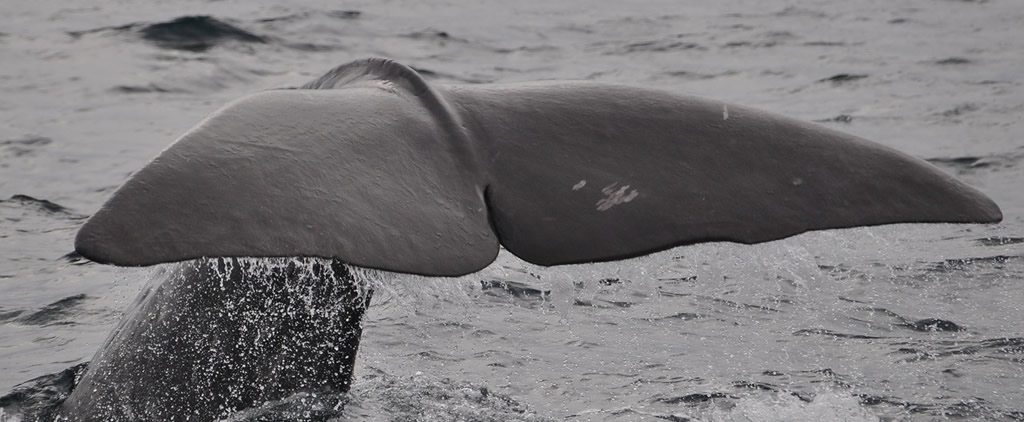[dropcap style=”font-size:100px;color:#992211;”]D[/dropcap]on’t play Radiohead near the ocean; deep-diving whales don’t like them. Or, rather, they and other marine mammals can get the bends—the same painful and potentially life-threatening decompression sickness that strikes scuba divers who surface too quickly. A new study offers a hypothesis of how marine mammals generally avoid getting the bends and how they can succumb under stressful conditions.
The key is the unusual lung architecture of whales, dolphins and porpoises (and possibly other breath-holding diving vertebrates), which creates two different pulmonary regions under deep-sea pressure, say researchers at the Woods Hole Oceanographic Institution (WHOI) and the Fundación Oceanogràfic in Spain.
“How some marine mammals and turtles can repeatedly dive as deep and as long as they do has perplexed scientists for a very long time,” says Michael Moore, director of the Marine Mammal Center at WHOI and co-author of the study. “This paper opens a window through which we can take a new perspective on the question.”
When air-breathing mammals dive to high-pressure depths, their lungs compress. That collapses their alveoli—the tiny sacs at the end of the airways where gas exchange occurs—and nitrogen bubbles build up in the bloodstream and tissue. If they ascend too fast, the bubbles don’t have time to diffuse back into the lungs for exhalation; under less pressure at shallower depths, these expand in the bloodstream and tissue, causing pain and damage. Marine mammals’ chest structure allows their lungs to compress. Scientists have assumed that this passive compression was their main adaptation to avoid taking up excessive nitrogen at depth.
CT images were taken of a deceased dolphin, seal, and a domestic pig pressurised in a hyperbaric chamber. The marine mammals’ lung architecture creates two pulmonary regions: one air-filled and the other collapsed. The researchers believe that blood flows mainly through the collapsed region of the lungs. This causes what is called a ventilation-perfusion mismatch, which allows some oxygen and carbon dioxide to be absorbed by the bloodstream, while minimising or preventing the exchange of nitrogen. The terrestrial pig did not show that structural adaptation.
This mechanism would protect cetaceans from taking up excessive amounts of nitrogen and thus minimise risk of the bends, says lead author Daniel García-Parraga of the Fundación Oceanogràfic. However, he adds, “Excessive stress, as may occur during exposure to human-made sound, may cause the system to fail and increase blood to flow to the air-filled regions. This would enhance gas exchange, and nitrogen would increase in the blood and tissues as the pressure decreases during ascent.”
Scientists once thought that diving marine mammals were immune from decompression sickness, but a 2002 stranding event linked to navy sonar exercises revealed that 14 whales that died after beaching off the Canary Islands had gas bubbles in their tissues. The paper’s findings could support previous implications of decompression sickness in some cetacean mass strandings associated with navy sonar exercises. Further research will require the development of tools to analyse how lung blood flow and ventilation patterns change with various stressors during diving.
Source: EurekAlert! / Proceedings of the Royal Society B

Naila Scargill is the publisher and editor of horror journal Exquisite Terror. Holding a broad editorial background, she has worked with an eclectic variety of content, ranging from film and the counterculture, to political news and finance.



















